Hunting For Facts About The National Treasure Franchise
Released in 2004, National Treasure tells the story of a trio on the hunt for a lost Knight's Templar treasure that was rumored to be hidden by American Freemasons during the Revolutionary War. To find it, they must follow a series of clues and riddles left behind by America's Founding Fathers before the trove falls into the wrong hands. Thought to be a one-and-done film, National Treasure exploded in popularity, even creating a resurgence in interest in American history. Its success resulted in the second film in 2007, with a long-anticipated third film announced in 2019. So, take a more in-depth look into the series to learn about secrets that Benjamin Gates would have even missed.
The Film Used A Brick-By-Brick Replica Of Independence Hall
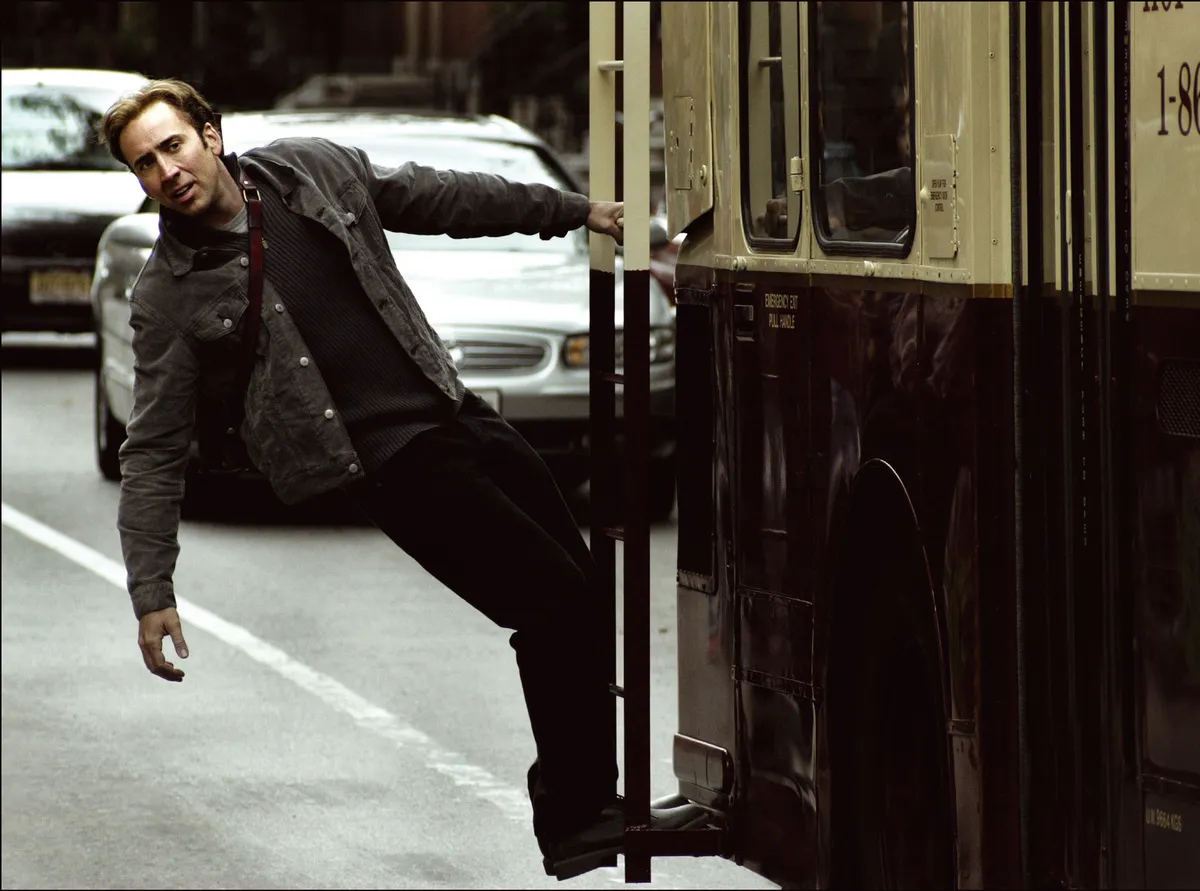
Filming on historical government property isn't s privilege that's usually granted to every filmmaker. So, the chances of the National Treasure being able to scramble around the building freely were thin. Luckily, they discovered that Walter Knott of Knott's Berry Farm had built a near-identical replica of Independence Hall on his property in Buena Park, California, back in the 1960s.
The production team used this substitute building for the scene when Nicolas Cage's character is running across the roof and digging out a brick, something that definitely wouldn't have been approved by the United States government.
There Is Something On The Back Of The Declaration Of Independence
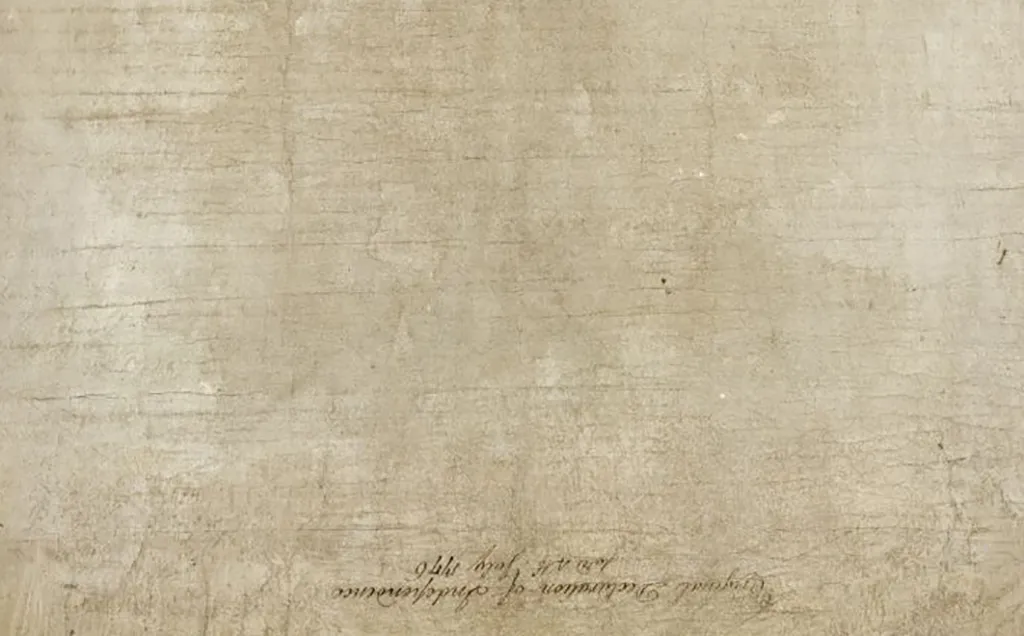
The film's central premise is that there's a treasure map on the back of the Declaration of Independence. While this may seem a little unbelievable, that doesn't mean that there isn't something actually written on the back of the historical document.
Written upside-down, invisible ink towards the bottom, it reads: "Original Declaration of Independence dated 4th July 1776. While it's unclear exactly why it was written, it's assumed that since it was rolled up for storage early in its life, this was written to act as a label.
The Film Resulted In An Uptick Of Tourism
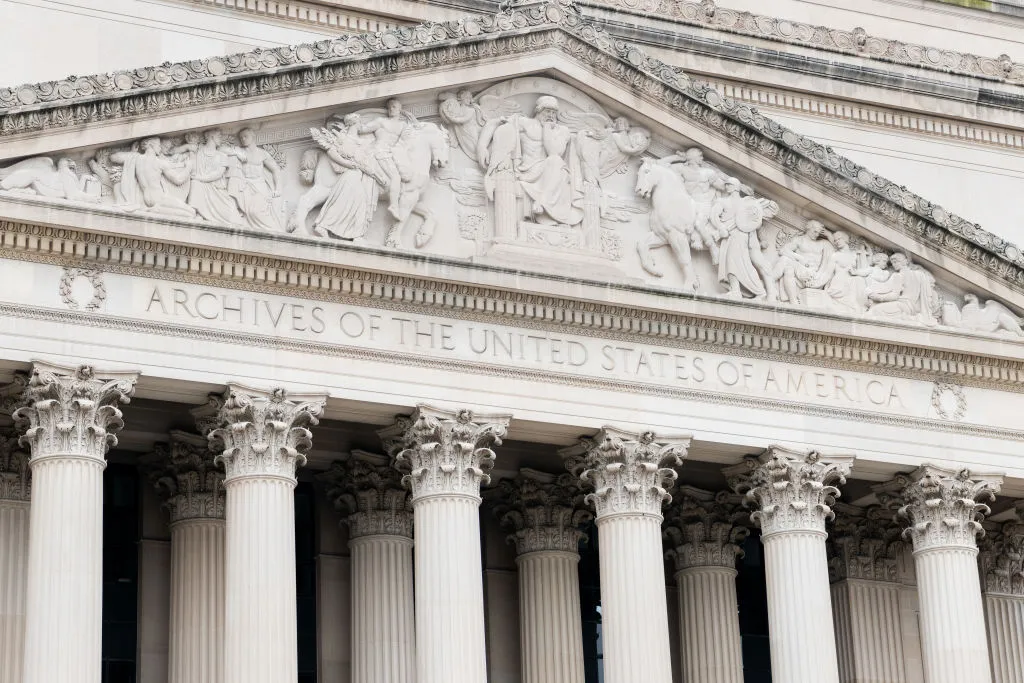
After the release of the film in 2004, Washington D.C. and other United States historic sites saw an increase in tourism, with many people having a newfound interest in Amerian history. One of these locations that saw a significant increase in guests was the National Archives.
This resulted in employees answering questions about the movie, like if there's actually a map on the Declaration of Independence. According to archives security guard Robert Pringle, "There's a routine we go through up there [...] 'I call it that movie.' We get a lot of questions."
Cage Went To High School With The Director
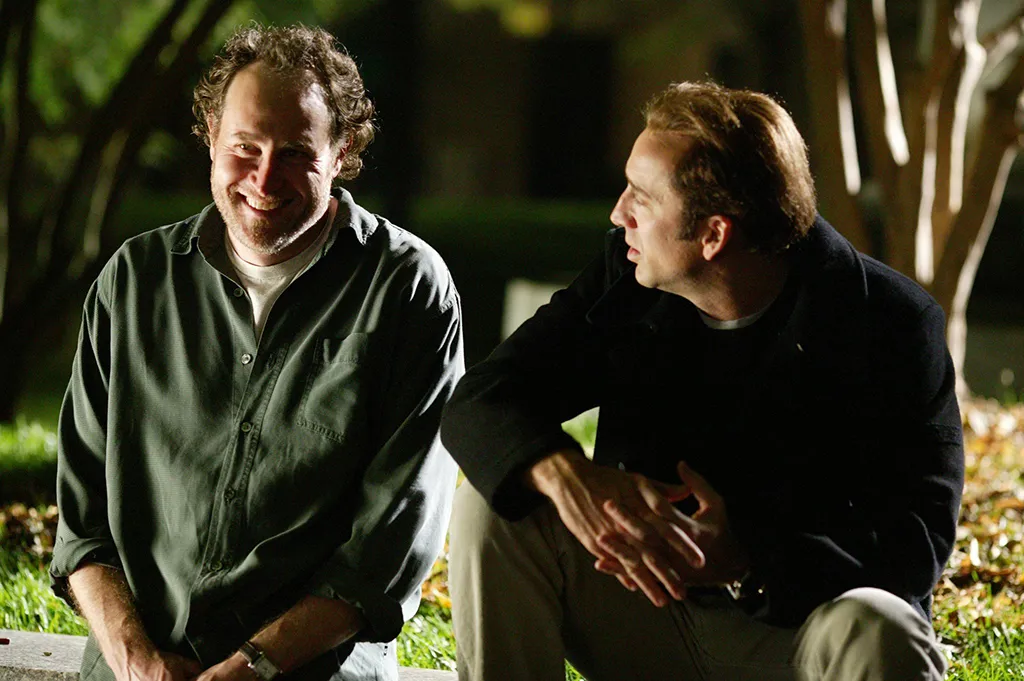
Although National Treasure may have been the first professional collaboration between Nicolas Cage and director Jon Turtletaub, it definitely wasn't their first interaction. The two actually attended Beverly Hills High School together in the late 1970s and the two even shared the same drama class.
The two worked together again after National Treasure on The Sorcerer's Apprentice. When promoting the film, Cage went on to admit that Turtletaub had beaten him out for a lead role in the film Our Town, leaving Cage with only two lines of dialogue.
There Is A Time On The Clock On The Hundred Dollar Bill

Although a lot of the clues discovered by Nicolas Cage's character might seem a bit far-fetched, not all of them are entirely fiction. One of these is when Cage uses a water bottle to magnify the clock on Independence Hall featured on the hundred dollar bill. The clock reads 2:22, which turns out to be a clue.
Unknown to most, that bill's illustration at that time of the film did point to that exact hour and minute. However, the time was changed to 10:30 for the 2009 redesign. Today, there's still no explanation of why the Treasury Department chose these times.
A Slight Change In Book Of Secrets
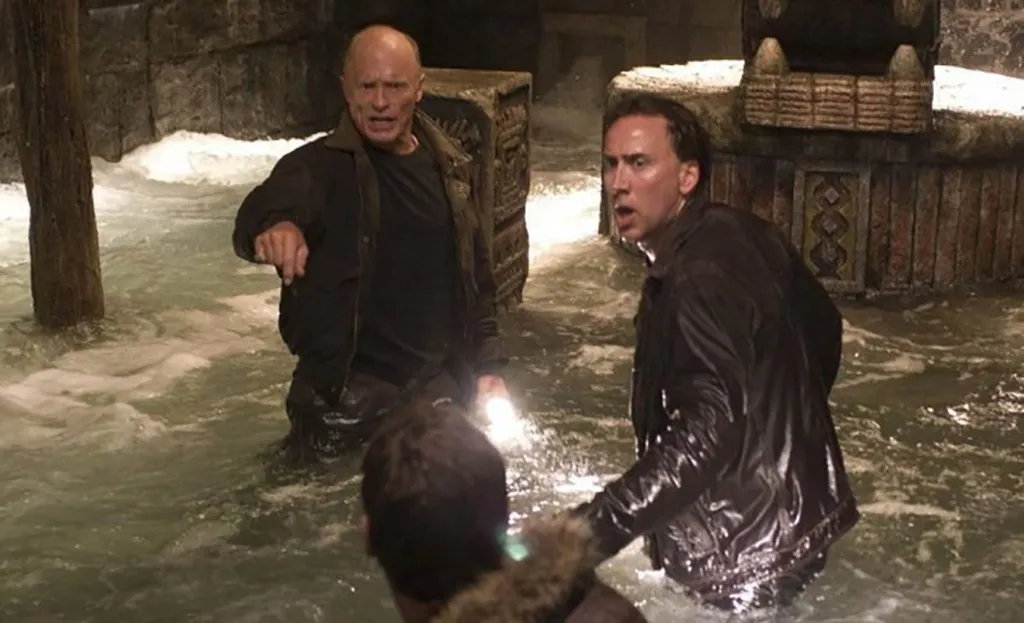
In the second film, Book of Secrets, the script initially had the character Mitch Wilkinson (Ed Harris) stab Patrick Gates (John Voight) while escaping from the flooding golden city. Yet, this scene was removed in post-production after director John Turtletaub felt it crossed a line that Ed Harris' character wouldn't have crossed.
This is why there are so few shots of Patrick Gates in the scene. It was hard to cover-up that he was bleeding, although they were able to repair his ripped shirt with CGI.
Not Real Bookshelves
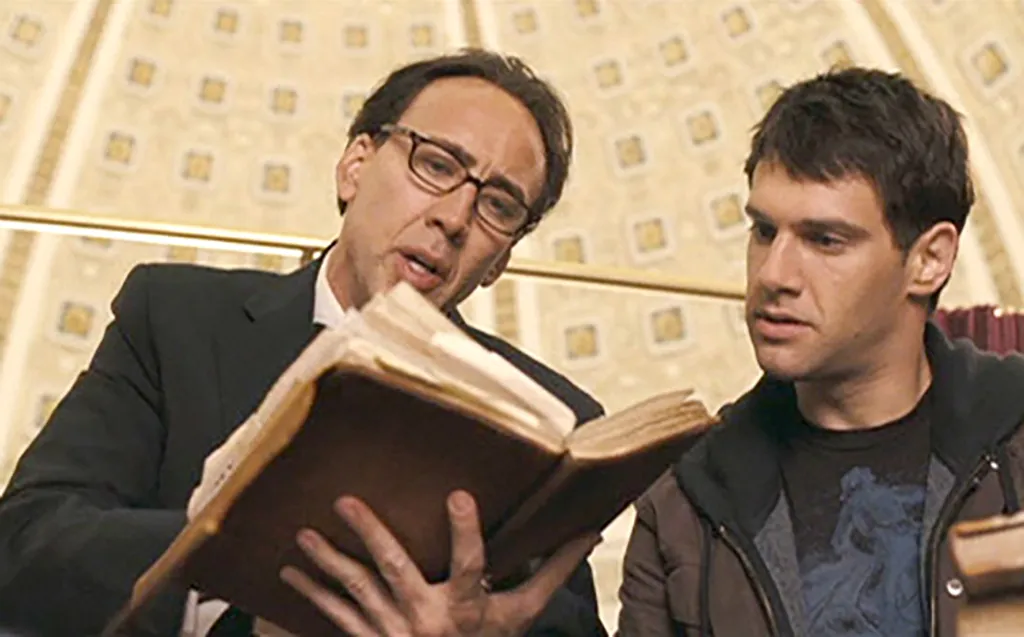
In National Treasure: Book of Secrets, when Nicolas Cage finally finds the Book of Secrets in the Library of Congress, it's hidden in a series of bookshelves in an upper-floor. However, there are no such bookshelves in the Library of Congress.
The shelves were built as a prop in a previously empty balcony of the Library's Main Reading Room. After the scenes were shot, the shelves were then dismantled, which was disappointing to tourists who wanted to see the shelves for themselves.
Sean Bean's Character Actually Lives!
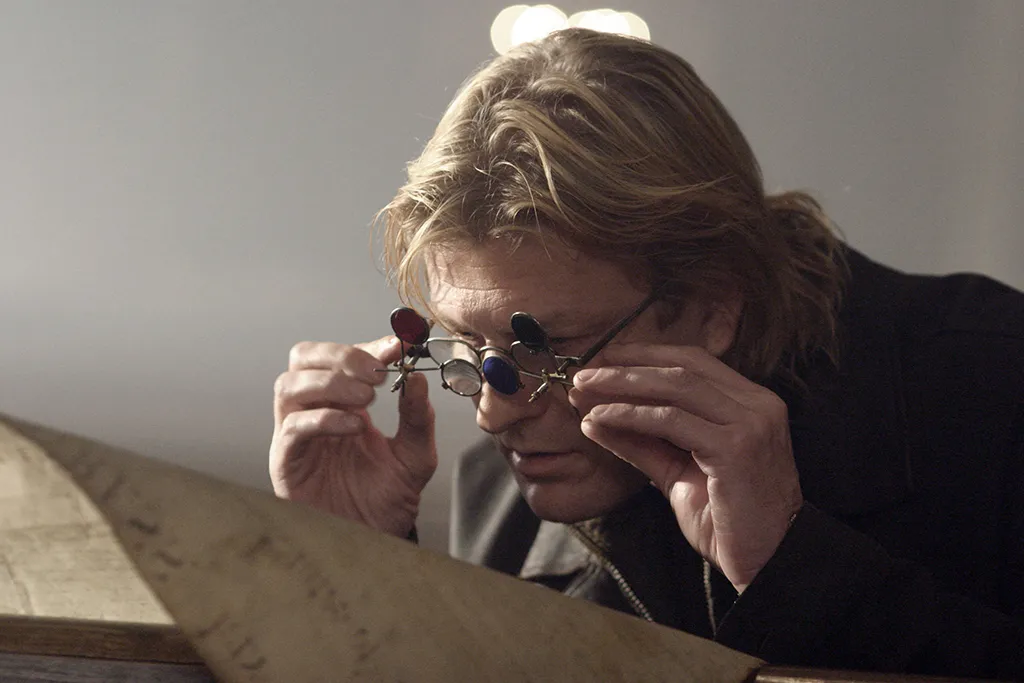
In the first National Treasure, Sean plays Ian Howe, the villain of the film and former treasure hunter partner of Benjamin Gates. Besides starring as the villain, National Treasure has another meaning for Sean Bean as an actor. It is one of the few films in Bean's career where he hasn't died.
Incredibly, Bean has died in a whopping 23 different projects, with compilation videos of his character's death across the Internet. Undoubtedly, many Bean fans were surprised when his character walked away from the film unscathed.
There Weren't Any Plans For A Sequel
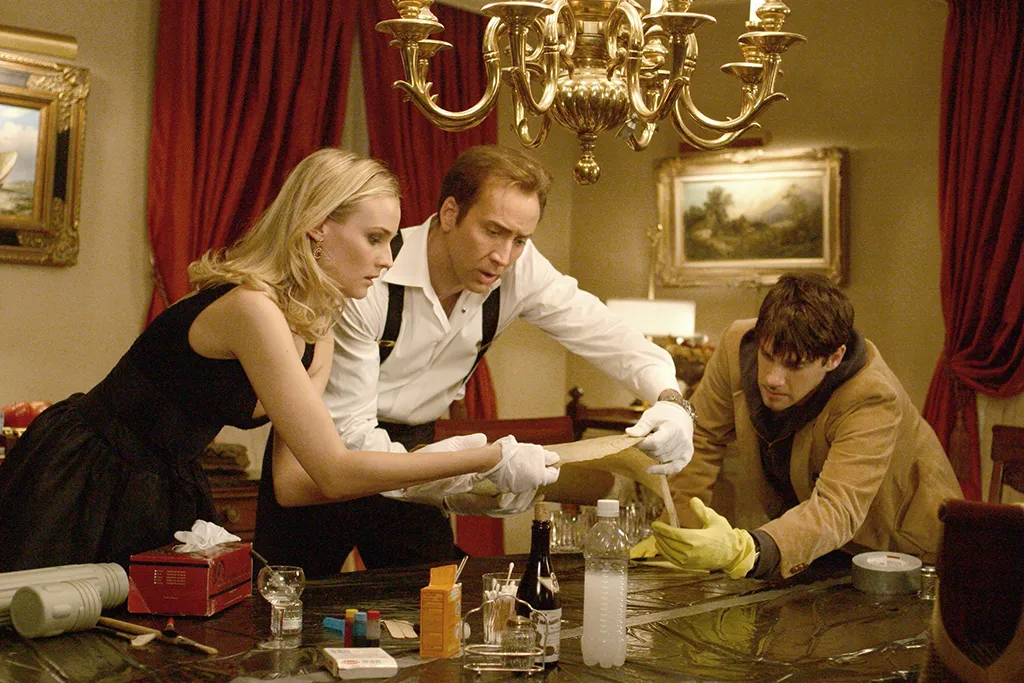
In the commentary for the National Treasure, the filmmakers admit that there were never any plans to make a sequel following the first film. However, after the movie made a surprisingly $347.5 million worldwide, everything changed.
Disney realized that they had a breadwinner on their hands, and a sequel was given the green light in 2005. Then, after years of anticipation, in 2019, a third film was confirmed to be in the works despite previous disappointments.
Writing Took Longer Than Expected
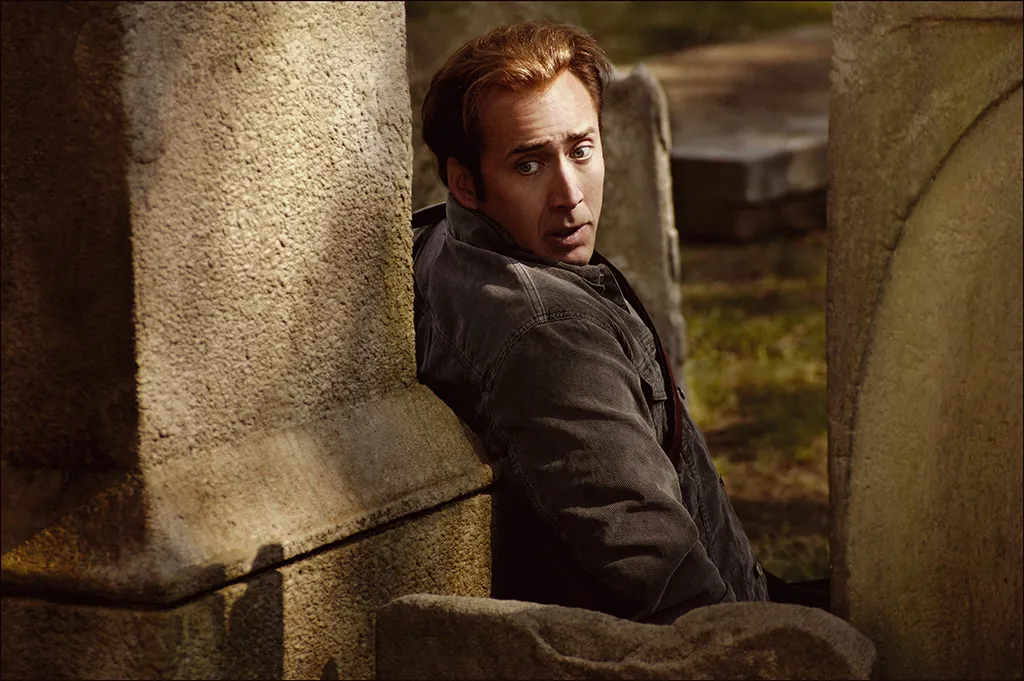
In 1999, John Turtletaub announced that he had intentions of making National Treasure, after an idea that was developed by Oren Aviv and Charles Segars back in 1997. Although it was confirmed that the project was underway with the script being written by Jim Kouf, it proved to be more time consuming than expected.
Due to the complexity of the script and all of its historical context, Disney hired eight additional writers between 1999 and 2003 until the script was deemed good enough to move forward.
Hellen Mirren Turned Down An Opportunity To Visit Queen Elizabeth II
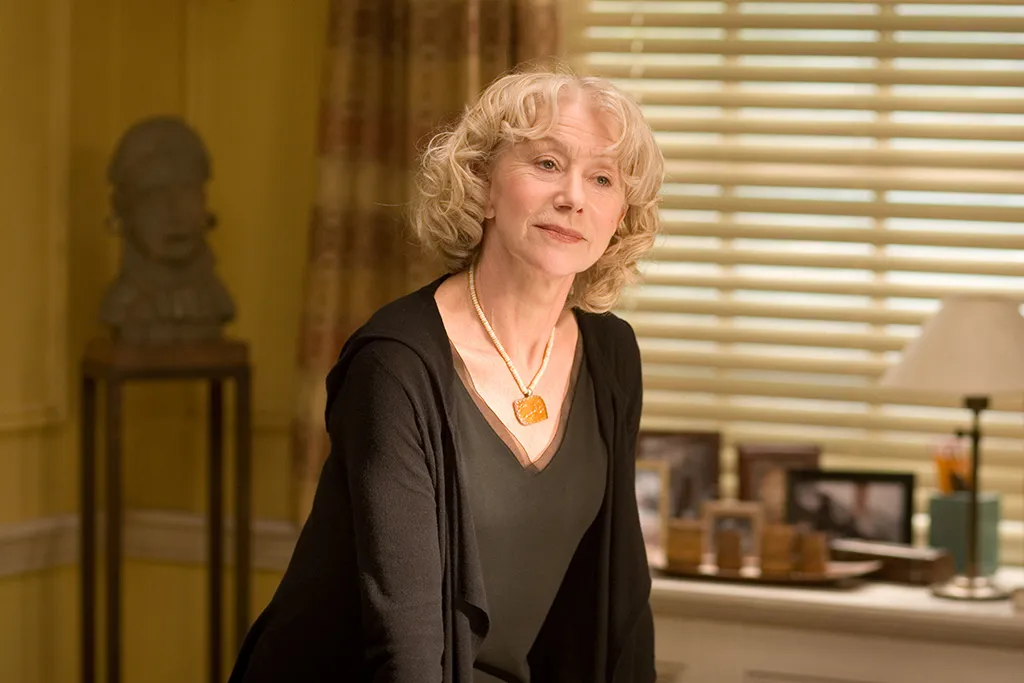
After Helen Mirren signed on to play the role of Dr. Emily Appleton Gates, Ben's mother in Book of Secrets, she had to pass up the opportunity of a lifetime. Unfortunately, she had to turn down an invitation to meet with Queen Elizabeth II, who wanted to see her after Mirren portrayed her in 2006's The Queen.
When Mirren received the invitation, she was busy filming in South Dakota at the time and had to explain why she had to decline the offer.
Working Around Problematic Weather
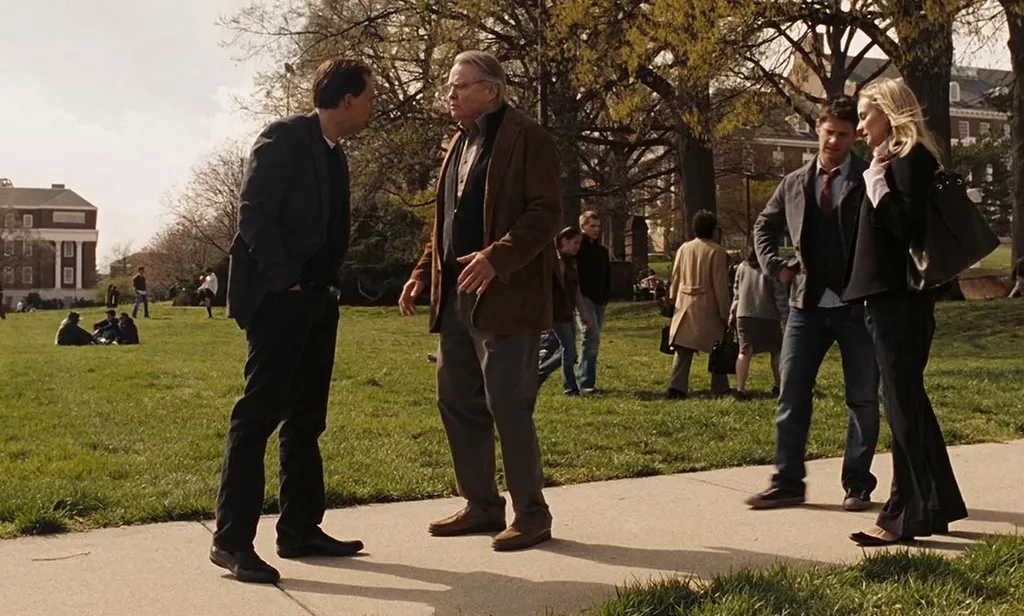
The night before filming the scenes in Book of Secrets that take place at the University of Maryland, a half an inch of snow fell. This proved to be an issue for production because the scenes were supposed to take place on what appeared to be a warm spring day.
So in order to keep continuity, the crew had to use fire hoses to melt all of the snow around McKeldin Mall and all other nearby locations.
Karaoke To Build A Friendship

While on a press tour promoting the first film, Nicolas Cage admitted to reporters he and his co-star Diane Kruger's secret to getting comfortable with each other was some good old-fashioned karaoke.
He commented that "We'd go and karaoke from time to time and sort of blow it out and be completely ridiculous, which helped, I think [...] "I think it was some Rage Against the Machine, AC/DC and some Sex Pistols." That's certainly one way to build a bond with someone you're sharing a screen with.
There Is A Basement Inside Mount Vernon
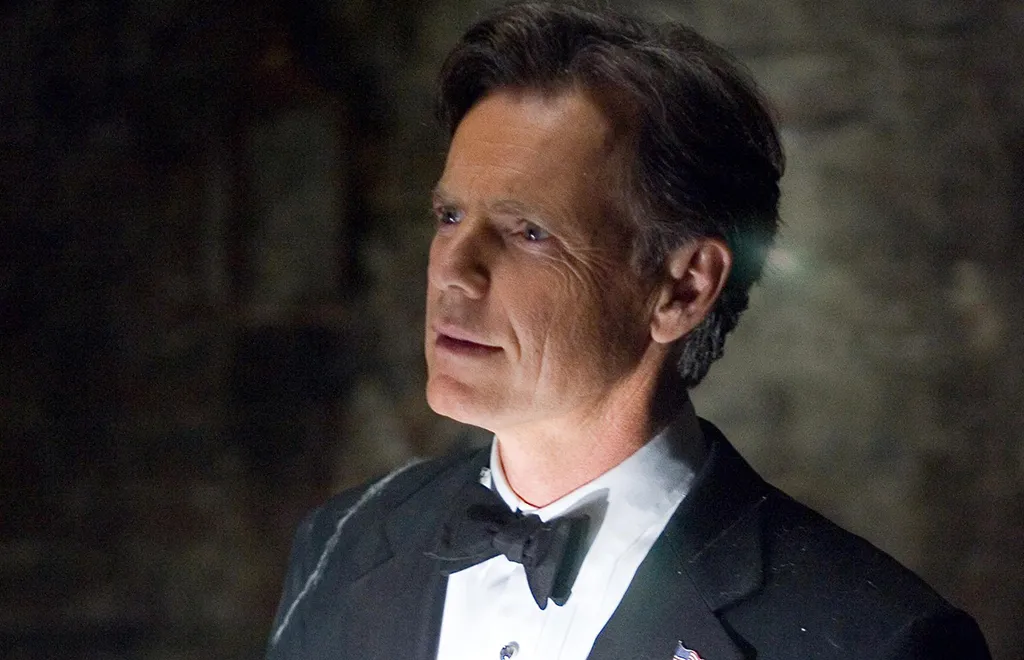
The scene when Benjamin takes the president into a basement in Mount Vernon in Book of Secrets isn't complete fiction. Although there aren't any secret passages leading from it, such a basement does exist. The extensive basement was comprised of several connecting rooms used for numerous purposes.
The cellar was most frequently used by the housekeepers and other white servants who would eat and lounge there, as well as heat food before it was served to the Washingtons. After Washington's death in 1799, items were then stored in the basement.
Historical Mistakes About John Wilkes Booth

While studying the lost page of John Wilkes Booth's diary page in Book of Secrets, the historians note that Booth studied Latin because of the writing and the fact that he yelled "sic semper tyrannis," after shooting President Lincoln.
However, real historians know that Booth, along with his brother and father, were all actors, and their best-known performance was William Shakespeare's Julius Caesar, in which Brutus says the same line before the assassination of Caesar. While Booth always wanted to play Brutus, the part went to his brother, instead. Yet, in the end, Booth got to say the infamous line for real.
Benjamin Franklin Was A Freemason
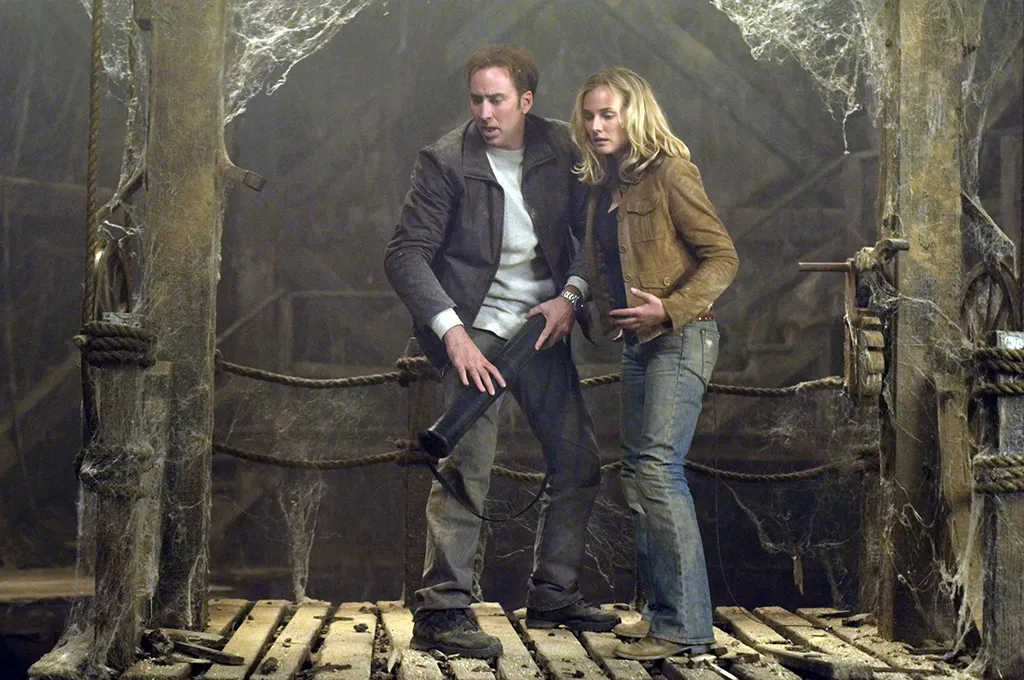
Although many of the historical plotlines in the National Treasure franchise may seem realistic to somebody who isn't read up on their history, many of them are far from the truth. However, one of the major premises of the film was that many of the Founding Fathers were part of the secretive society known as the Freemasons, predominantly Benjamin Franklin.
As it turns out, Benjamin Franklin was a member of the Freemasons. Out of the 55 men who signed the Declaration of Independence, more than nine of them were members.
A Rivalry Spanning Centuries
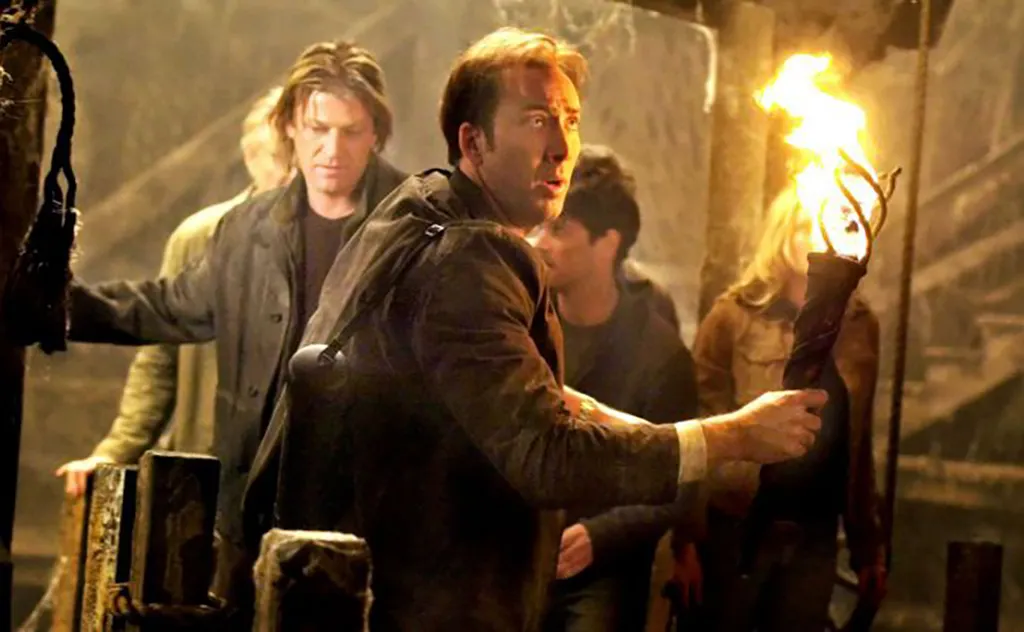
At the beginning of National Treasure, a young John Adams Gates explains to his young son, Benjamin Franklin Gates, "They knew they had to make sure the treasure would never fall into the hands of the British, so they devised a series of clues and maps to its location."
Although John Gates is referring to the Founding Fathers, ironically, for the entire film, Benjamin is using the clues and maps to keep the treasure away from Ian, who is British.
Benjamin Franklin Didn't Exactly Come Up With Daylight Savings Time
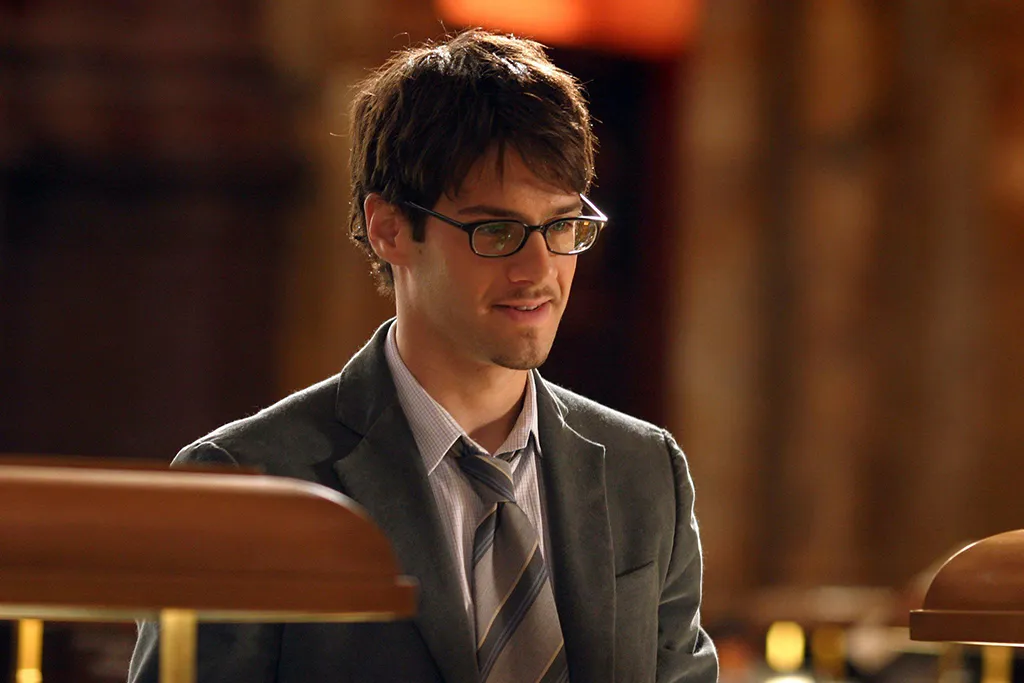
In National Treasure, Benjamin Franklin is credited with inventing daylight savings time, which turns out to be part of a clue on their treasure hunt. However, Franklin isn't credited for the change in time, but rather New Zealander George Vernon Hudson, who proposed the idea in 1895.
Nevertheless, Franklin did jokingly write about the idea as a way to save candles by waking up early to maximize daylight in 1784. Since the film focuses a lot on Franklin and the supposed clues he left behind, they chose to only mention his name in the film.
"The Secret Lies With Charlotte"
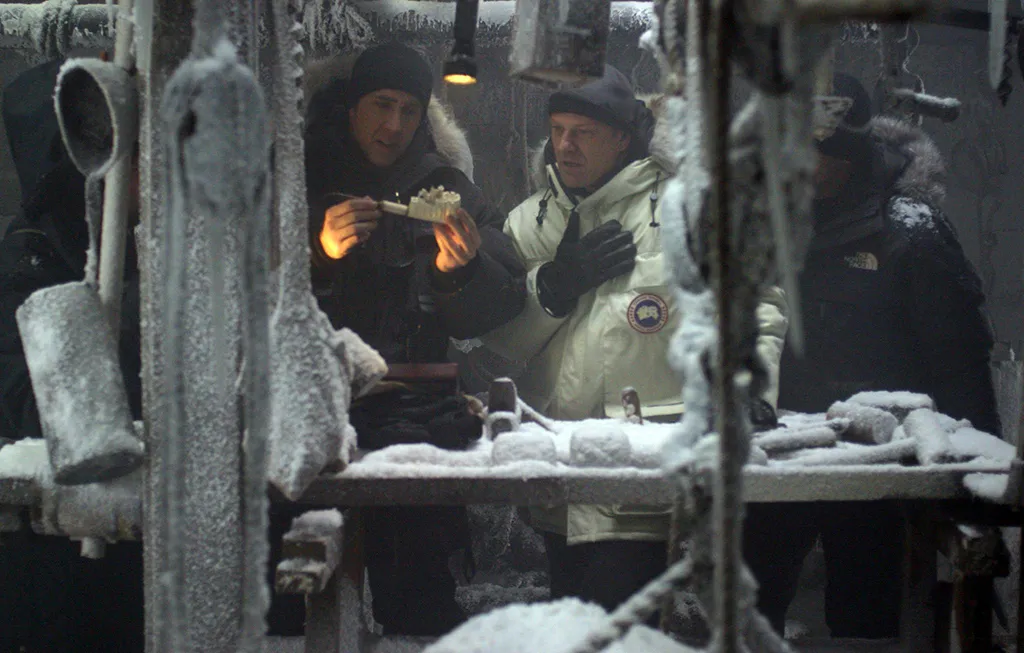
One of the beginning scenes of National Treasure is when Benjamin and his fellow treasure hunters discover the wreckage of the ship the Charlotte. It's there that they find the pipe that is their first clue and turns out to be the final piece of the puzzle when finding the treasure.
Apparently, there was a British ship called the Charlotte that was lost off the coast of Newfoundland in 1818, although it was never found. In the movie, they found it beneath the ice in the location it was believed to have been lost.
Disney Paid For A Prom
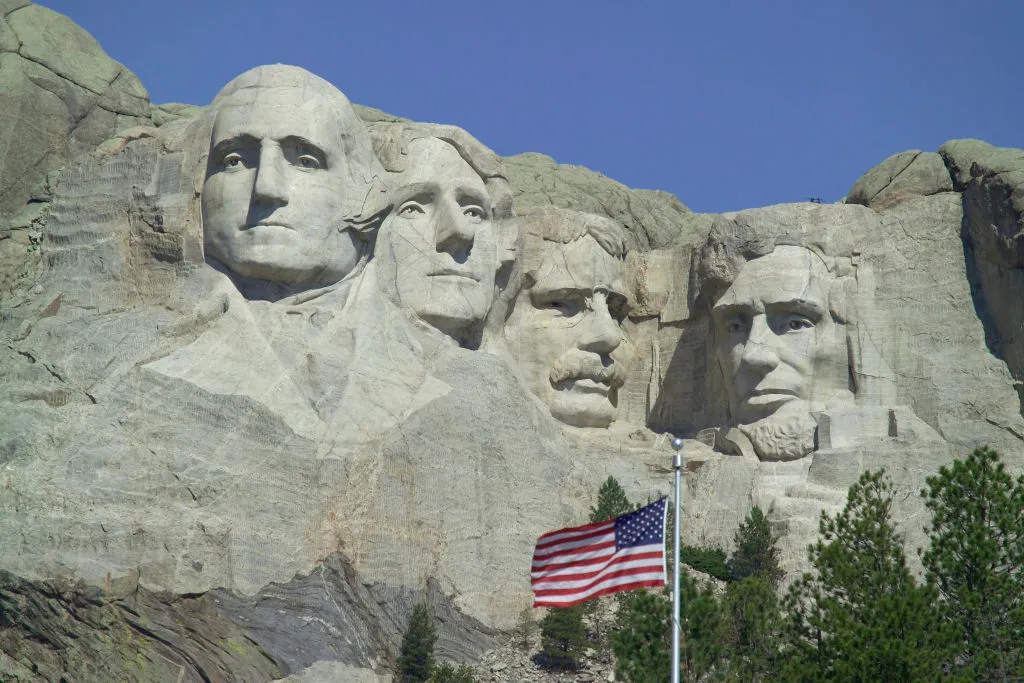
When filming for National Treasure: Book of Secrets, Disney came to the realization that the shooting schedule at Mount Rushmore would mean canceling the local Hill City High School prom that is held annually at the historic site.
In order to make up for this, Disney agreed to pay for the prom and provide transportation to a new location in Rapid City. They also offered door prizes upon entering the dance as well as scholarships for the valedictorians.









